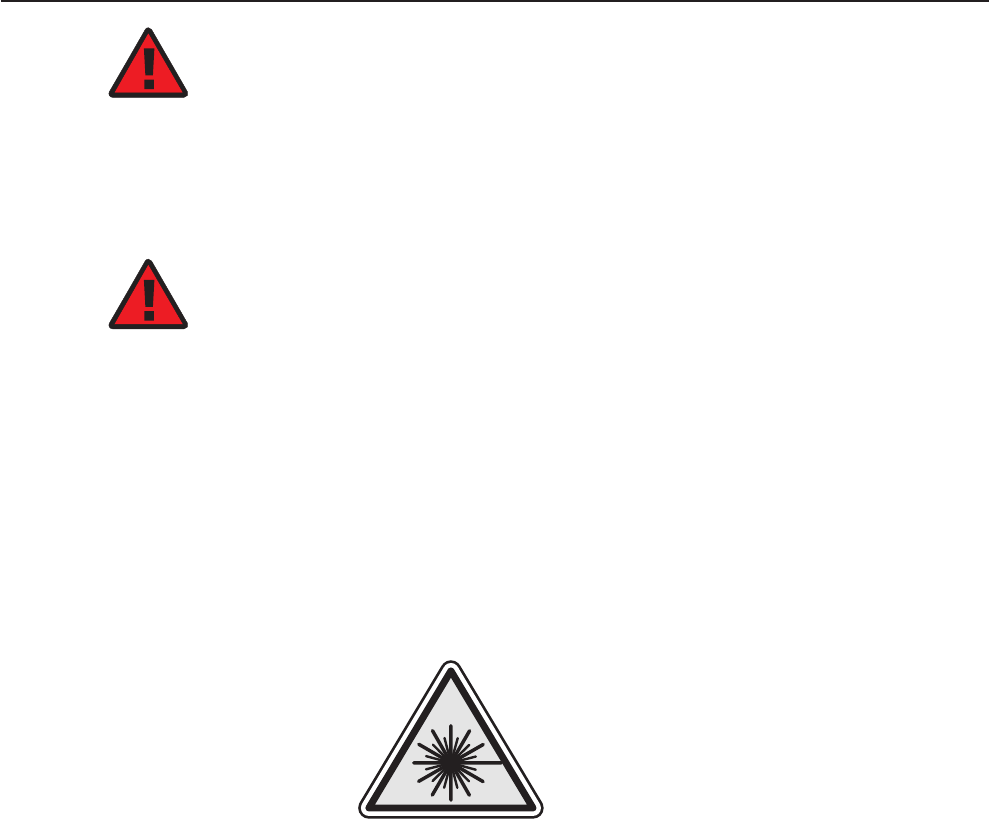Product Guide
Table Of Contents
- XS-2426G-A Product Guide
- Legal notice
- Contents
- List of tables
- List of figures
- About this document
- 1 What’s new
- 2 ETSI ONT safety guidelines
- 3 ETSI environmental and CRoHS guidelines
- 4 ANSI ONT safety guidelines
- 5 XS-2426G-A unit data sheet
- 5.1 Overview
- 5.2 XS-2426G-A part numbers and identification
- 5.3 XS-2426G-A general description
- 5.4 XS-2426G-A software and installation feature support
- 5.5 XS-2426G-A interfaces and interface capacity
- 5.6 XS-2426G-A LEDs
- 5.7 XS-2426G-A detailed specifications
- 5.8 XS-2426G-A GEM ports and T-CONTs
- 5.9 XS-2426G-A performance monitoring statistics
- 5.10 XS-2426G-A functional blocks
- 5.11 XS-2426G-A standards compliance
- 5.12 XS-2426G-A special considerations
- 6 Install a XS-2426G-A indoor ONT
- 7 Replace a XS-2426G-A indoor ONT
- 8 Configure a XS-2426G-A indoor ONT
- 8.1 Overview
- GUI configuration
- Viewing device information and connection status
- 8.5 Overview
- 8.6 Viewing device information
- 8.7 Viewing LAN status
- 8.8 Viewing WAN status
- 8.9 Viewing WAN IPv6 status
- 8.10 Viewing STA information
- 8.11 Viewing Neighboring Access Points
- 8.12 Viewing home networking information
- 8.13 Viewing optics module status
- 8.14 Viewing statistics
- 8.15 Viewing voice information
- Network configuration
- 8.16 Overview
- 8.17 Configuring LAN
- 8.18 Configuring LAN IPv6
- 8.19 Configuring WAN
- 8.20 Configuring WAN DHCP
- 8.21 Configuring Wireless 2.4GHz
- 8.22 Configuring Wireless 5GHz
- 8.23 Configuring wireless scheduling
- 8.24 Configuring IP routing
- 8.25 Configuring DNS
- 8.26 Configuring TR-069
- 8.27 Configuring GRE tunnel
- 8.28 Configuring Upstream (US) Classifier
- 8.29 Configuring QoS
- Security configuration
- Configuring the Application
- Maintenance
- 8.46 Overview
- 8.47 Configuring the password
- 8.48 Configuring LOID
- 8.49 Configuring SLID
- 8.50 Managing the device
- 8.51 Backing up the configuration
- 8.52 Restoring the configuration
- 8.53 Upgrading firmware
- 8.54 Rebooting the device
- 8.55 Resetting to factory defaults
- 8.56 Diagnosing WAN connections
- 8.57 Viewing log files
- RG Troubleshooting Counters
- 9 ONT configuration file over OMCI

DANGER
Hazard
There
may be invisible laser radiation at the fiber optic cable when the cable is removed from the
connector. Avoid direct exposure to the laser beam.
Observe the following danger for laser hazard. Eyes can be damaged when they are exposed to a
laser beam. Take necessary precautions before you plug in the optical modules.
DANGER
Hazard
Possibility of equipment damage. Risk of eye damage by laser radiation.
2.5.1 Laser classification
The ONT is classified as a Class 1 laser product based on its transmit optical output.
Laser warning labels
The following figures show the labels related to laser product, classification and warning.
Figure 2-2, “Laser product label” (p. 22) shows a laser product label.
Figure 2-3, “Laser classification label” (p. 24) shows a laser classification label. Laser classification
labels may be provided in other languages.
Figure 2-2 Laser product label
18455
ETSI ONT safety guidelines
Laser safety guidelines
Nokia ONT
Draft Draft
December 2020
Issue 1 23
Nokia – Proprietary and Confidential
Use pursuant to applicable agreements
3FE-49348-AAAA-TCZZA










